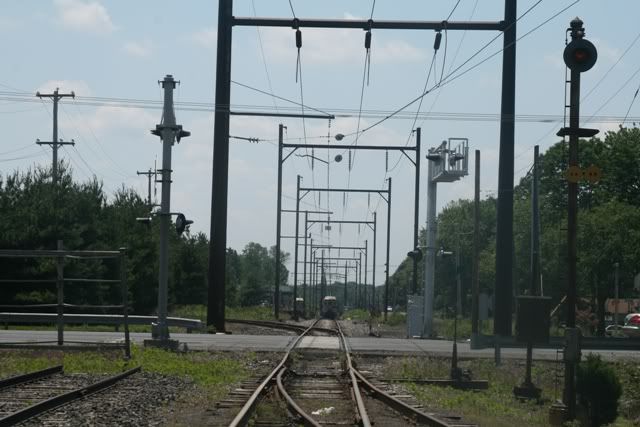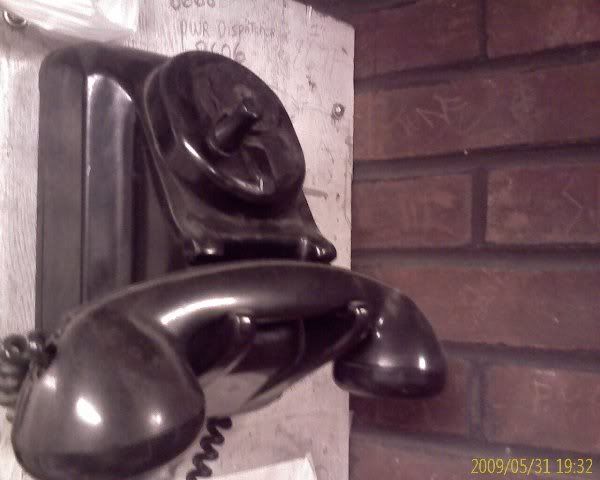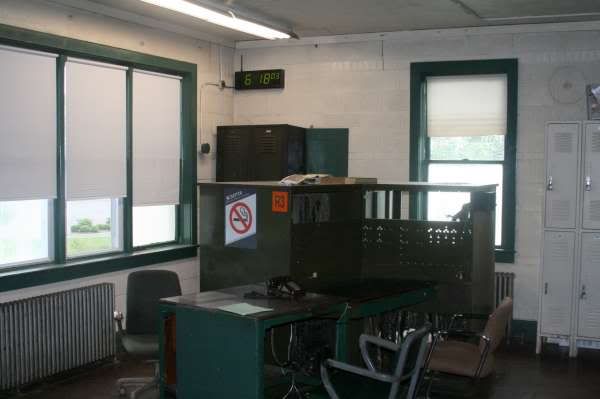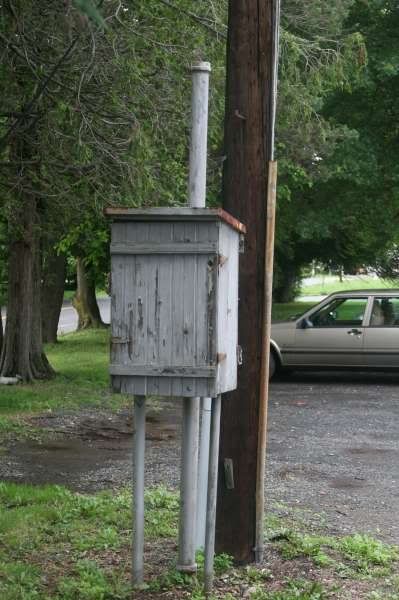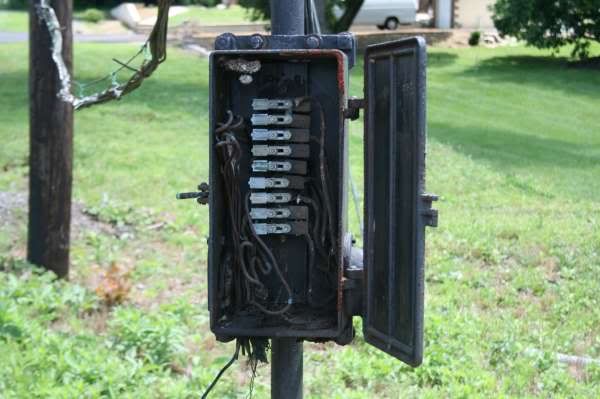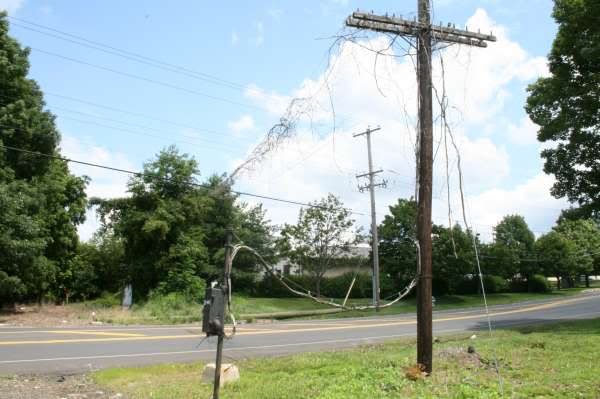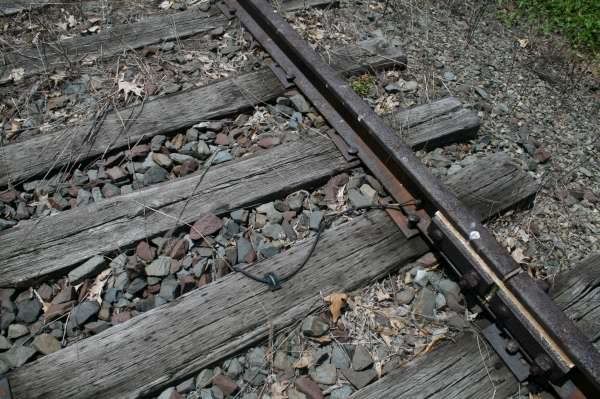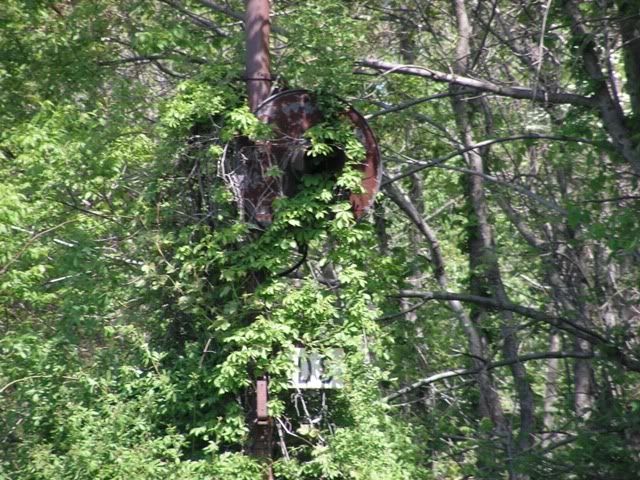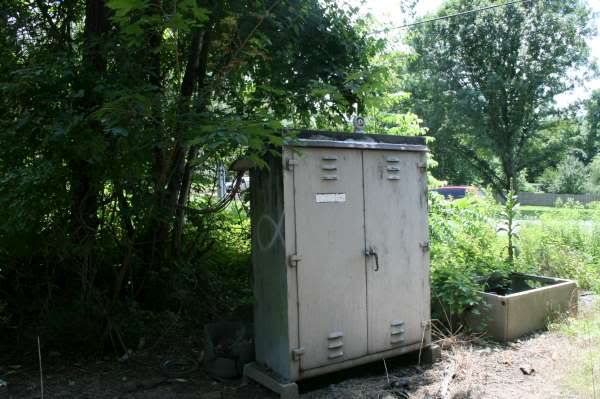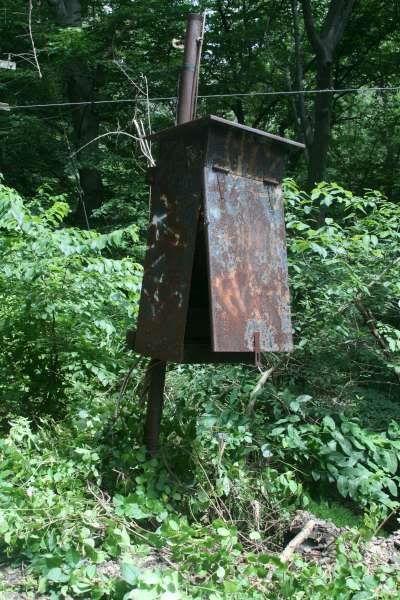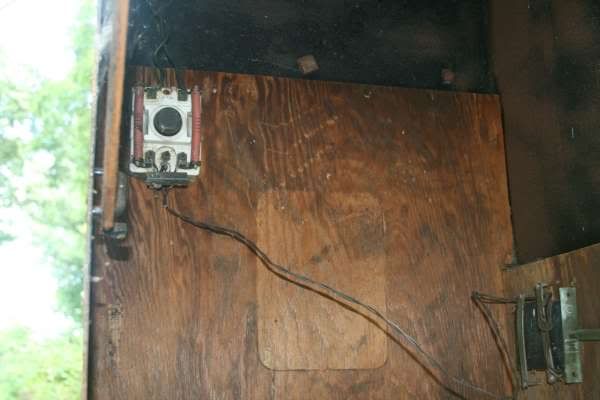limejuice wrote:Thanks.amtrakhogger wrote:I remember a target signal in Newtown (near the old Agway) governing southbound movements, based on your comment I take it that particular signal was a trainorder signal? Based on past readings I always thought that the whole Newtown Branch was signalled with an ABS or APB type system with trainorders.I know that in the late 70's, there was a DS signal at the Agway, along with its complementary northbound, that was north of State St. These DS signals only indicated switch positions, not block conditions.
You just shook the hand , that shook the hand, that shook the hand of John L. Sullivan!
